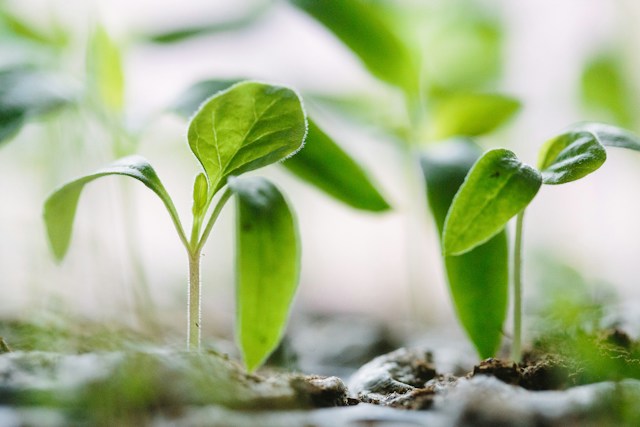Similar to animals, plants possess the ability to alert their neighboring counterparts when a threat is imminent. However, their mode of communication doesn’t involve sound; instead, they rely on chemicals disseminated through the air, coincidentally manifesting as the familiar scent of freshly mown grass to human senses.
In a groundbreaking development, scientists have successfully captured this captivating interaction on film. Using a specialized microscope designed to detect specific chemicals as light, the researchers observed that when healthy plants received warning signals from their distressed counterparts, they illuminated akin to a light bulb.
Masatsugu Toyota, the lead researcher and molecular biologist from Saitama University, emphasized the potency of this imaging technique as a compelling tool to showcase the remarkable sensitivity exhibited by plants.
This silent exchange of information relies on chemicals known as volatile organic compounds, a form of molecular language employed by plants to communicate with each other. These compounds permeate healthy plants through specialized pores called stomata, traversing the entire leaf to disseminate crucial information across the plant. The real-time visualization of this process is captured in a video, showcasing the intricate communication network within the plant community.
Masatsugu Toyota drew a parallel between this botanical communication and the human olfactory system. Much like our noses detecting imperceptible scents in the air, plants release these compounds as a mist, conveying information about their surroundings to neighboring plants. The analogy highlights the remarkable similarity between the sensory mechanisms of plants and animals in interpreting environmental cues.
The findings, detailed in a paper published in the peer-reviewed journal Nature Communications, shed light on the sophisticated means by which plants convey warnings to their counterparts, offering a deeper understanding of the intricate web of communication that exists within the plant kingdom.
The caterpillars are coming!
In a controlled scientific experiment, researchers exposed plants to hungry caterpillars in one container, while another container housed undamaged plants without predators. The two containers were connected with an air pump, enabling the flow of air and small molecules between them. The unaffected container contained genetically modified Arabidopsis plants that emit fluorescence when certain chemicals are present. As the caterpillars damaged the plants in their container, the connected bug-free plants in the separate container began to glow bright green, indicating a response to the chemical signals. This observation suggests that healthy plants can utilize warning signals from damaged plants for defense.
Be kind to your plants
The researchers emphasized the similarities between plant and animal communication systems on a cellular level. While the information and communication methods differ, the triggering of calcium signaling in response to received messages is comparable to how animal cells communicate. The study highlights that plants, like animals, can experience pain and stress. Masatsugu Toyota, the lead researcher, urged people, especially children, to recognize the sensitivity of plants and treat them with care. He emphasized the interconnectedness between animals and plants, encouraging gentleness toward all living beings in the environment.




Comments are closed